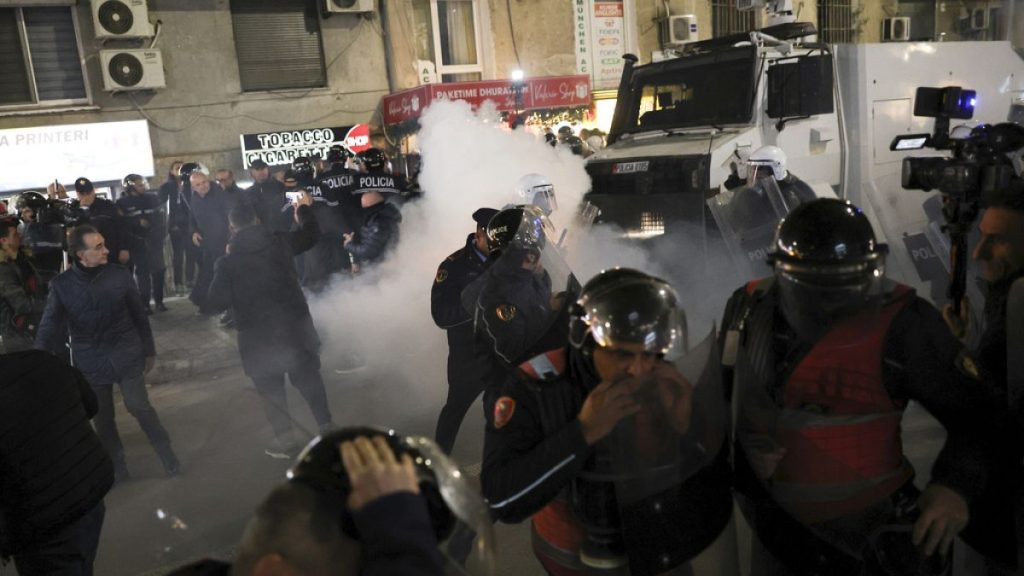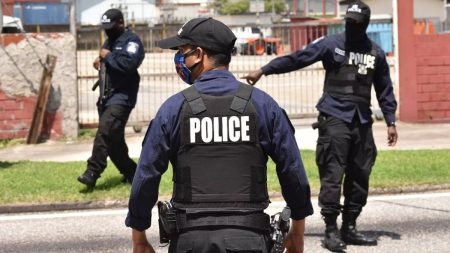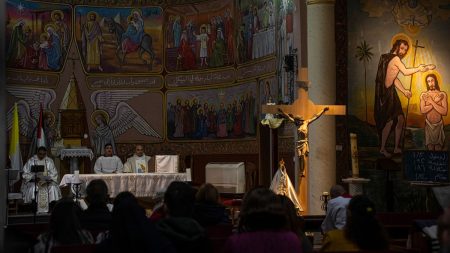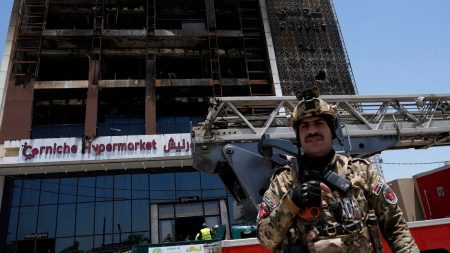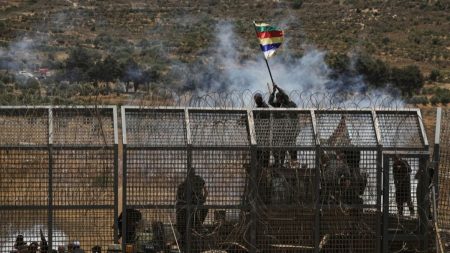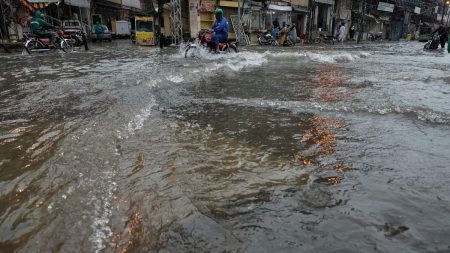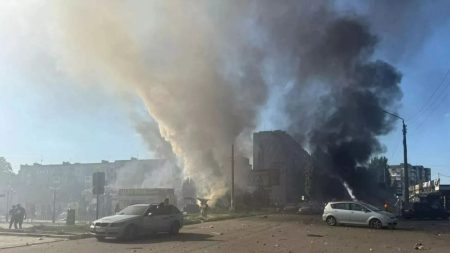On November 27, 2024, protests erupted in Albania as demonstrators took to the streets to voice their accusations against Prime Minister Edi Rama’s ruling party. Protesters targeted the government’s alleged corruption, claims of election manipulation, and judicial interference. The situation escalated as they demanded the establishment of a technocratic caretaker cabinet to oversee the government until the upcoming elections in 2025. These calls for accountability echoed the dissatisfaction felt by many citizens towards the integrity of the current administration, spurring significant public unrest.
The demonstrations, primarily led by the opposition Democratic Party, turned tense as law enforcement utilized water cannons and tear gas in an attempt to disperse the rallying crowds. Clashes broke out near prominent city landmarks, including City Hall and Wilson Square. Protesters actively blocked major roadways while chanting slogans such as “Rama go away,” demonstrating their frustration and desire for change. The visible tension marked a notable moment in Albanian civil society as it confronted the state apparatus amid rising political strife.
Amid the chaos, opposition leaders condemned what they described as politically motivated arrests, asserting that the peaceful assembly of Albanians was an emblematic uprising against perceived government corruption. They portrayed the protests as a powerful message reflecting the populace’s discontent with the current political climate and the perceived disregard for democratic norms by the ruling party. The opposition articulated their belief that these actions symbolized a broader movement for transparency and accountability within the government.
Calls for a technocratic caretaker cabinet gained traction as protesters expressed a lack of confidence in the current political leadership. The idea stemmed from a desire for an impartial administration to manage the electoral process, ensuring fairness and integrity leading up to the elections scheduled for 2025. Advocates for this solution argue that such a cabinet could bridge the divide between the government and opposition, fostering a more stable political environment that prioritizes the interests of the citizens over partisan political gains.
As police continued to manage the crowd, their efforts aimed not only to restore order but also to maintain public safety, specifically in regards to clearing routes for ambulances during the turmoil. The government’s response to the protests has been scrutinized, with critics arguing that heavy-handed tactics may do little to quell the underlying issues driving the unrest. Instead, many believe that increasing repression may further ignite public dissent and contribute to a cycle of conflict between the government and its citizens.
As the protests unfolded, they underscored the fragility of Albania’s democratic processes and the pressing need for reforms to address the systemic issues highlighted by the demonstrators. With the elections approaching, the situation calls for urgent dialogue and initiatives aimed at restoring public trust in the political system. Whether the government will heed the demands for a technocratic interim administration remains uncertain, but the momentum of these protests reflects a significant moment in the country’s political landscape, emphasizing a demand for accountability and a demand for justice.




